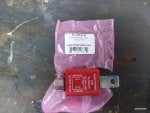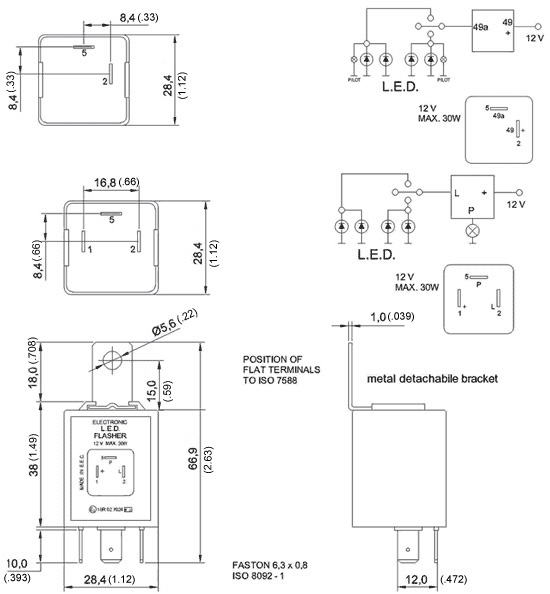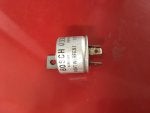I'm considering replacing the light bulbs in my '88 Spider with LED's, to increase the brightness of the dash cluster lights, and possibly the exterior running lights as well.
When I talked with one of the companies, they suggested I consider replacing the "Flasher" relay to ensure they operate correctly. I've looked at the ones they sell, and either I'm missing something or just blind, but I don't find any of their relays that seem to match the"pins" of the original relay.
So any help/suggestions would be greatly appreciated, as I'm in the final stages of a ground up restoration and want to get her on the road before the summer passes.
When I talked with one of the companies, they suggested I consider replacing the "Flasher" relay to ensure they operate correctly. I've looked at the ones they sell, and either I'm missing something or just blind, but I don't find any of their relays that seem to match the"pins" of the original relay.
So any help/suggestions would be greatly appreciated, as I'm in the final stages of a ground up restoration and want to get her on the road before the summer passes.






















